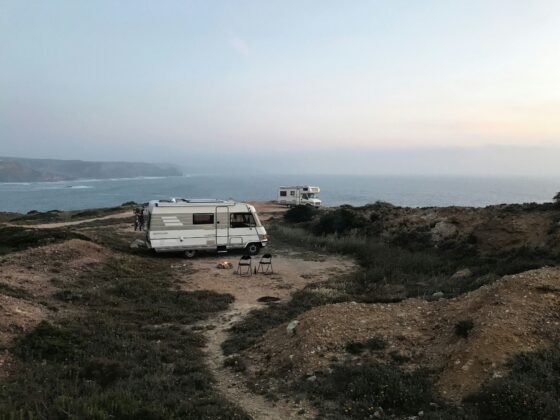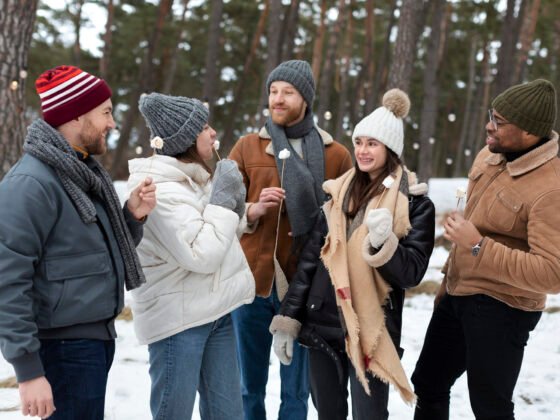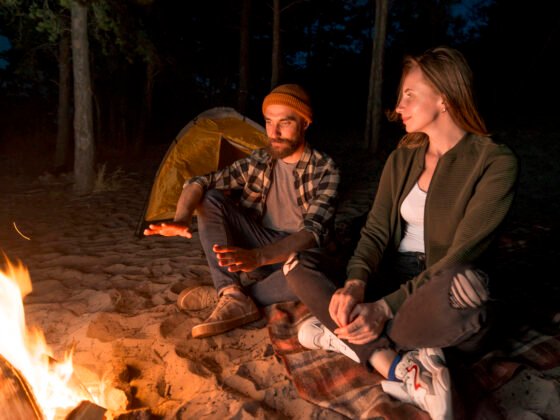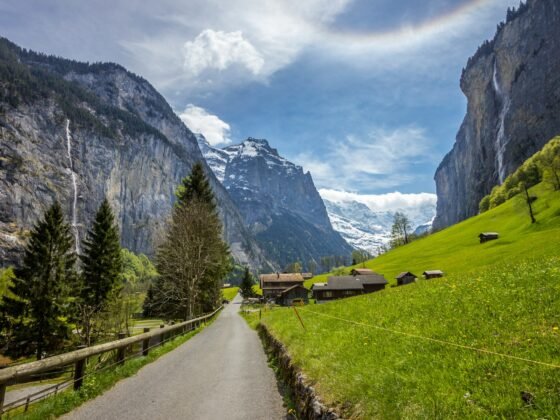Bicycling is a popular mode of transportation and recreation, offering numerous health and environmental benefits. However, it also comes with risks, particularly accidents that can result in serious injuries or even fatalities. Understanding where most bicycle accidents occur can help cyclists take precautions and potentially avoid dangerous situations.
Are Intersections the Most Dangerous Spots?
Intersections are notorious for being high-risk areas for bicycle accidents. This is where cyclists and motor vehicles often cross paths, leading to conflicts. Drivers might fail to yield to cyclists, misjudge their speed, or simply not see them due to blind spots. According to the National Highway Traffic Safety Administration (NHTSA), a significant percentage of bicycle accidents occur at intersections.
What About Urban Areas?
Urban areas tend to have higher rates of bicycle accidents compared to rural areas. The increased density of vehicles, pedestrians, and cyclists in cities creates more opportunities for collisions. Additionally, urban environments often have more distractions for drivers, such as traffic lights, signage, and congested roads. Cyclists navigating these busy streets face higher risks, especially during peak commuting hours.
Are There Specific Streets and Roads More Prone to Accidents?
Certain types of streets and roads are more prone to bicycle accidents. Multi-lane roads with high-speed limits are particularly dangerous for cyclists, as cars travel faster and may not anticipate the presence of bicycles. Roads without designated bike lanes force cyclists to share space with motor vehicles, increasing the likelihood of accidents.
Do Accidents Happen More at Night?
Time of day also plays a critical role in bicycle accidents. Riding at night or in low-light conditions significantly increases the risk of accidents. Visibility is reduced, making it harder for drivers to see cyclists. The Federal Highway Administration (FHWA) reports that a notable percentage of fatal bicycle accidents occur between 6 p.m. and 9 p.m., especially in poorly lit areas.
Are Sidewalks Safe for Cyclists?
While some cyclists might believe that sidewalks are safer than roads, this is not always the case. Riding on sidewalks can lead to accidents when cyclists cross driveways, alleys, or intersections where drivers may not expect them. Moreover, sidewalks are designed for pedestrian use, and cycling on them can be hazardous to both cyclists and pedestrians.
How Do Weather Conditions Affect Bicycle Accidents?
Adverse weather conditions like rain, snow, or fog can significantly impact the safety of cyclists. Wet or icy roads reduce traction, increasing the likelihood of skidding and falling. Poor weather also affects visibility, making it more difficult for drivers to spot cyclists. Cyclists need to be extra cautious and use appropriate gear, such as reflective clothing and lights, to enhance visibility during bad weather.
While shared use paths and trails are generally safer than roads, they are not free from accidents. Conflicts can arise between cyclists, pedestrians, and other trail users. Accidents can occur due to overcrowding, varying speeds, or unpredictable movements. It is crucial for cyclists to remain vigilant, adhere to trail rules, and communicate effectively with other users to minimize risks.
Seeking Legal Guidance After a Bicycle Accident
Understanding the common locations and situations where bicycle accidents occur can help cyclists take preventive measures. However, accidents can still happen despite taking precautions. If you or a loved one has been involved in a bicycle accident, seeking legal guidance is essential to protect your rights and pursue compensation for your injuries. Experienced personal injury lawyers can help you navigate the legal complexities, gather evidence, and negotiate with insurance companies on your behalf.
Understanding these high-risk areas and conditions can help cyclists stay vigilant and adopt safer riding practices. Nonetheless, accidents are sometimes unavoidable, and when they occur, seeking legal assistance is crucial to ensure you receive the support and compensation you deserve. By staying informed and prepared, cyclists can enjoy their rides while minimizing the risk of accidents.
Photo by Andrew Gook on Unsplash












